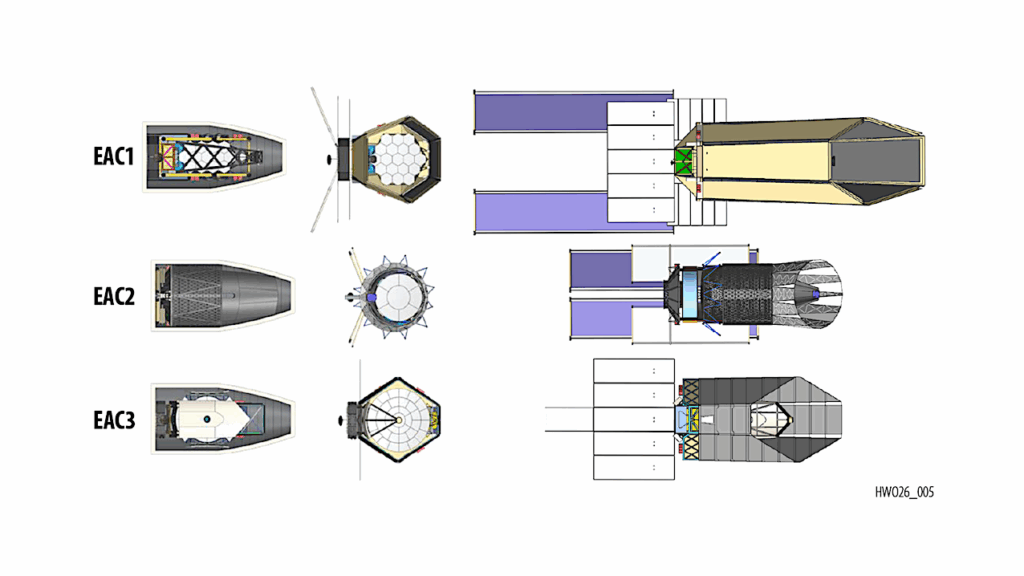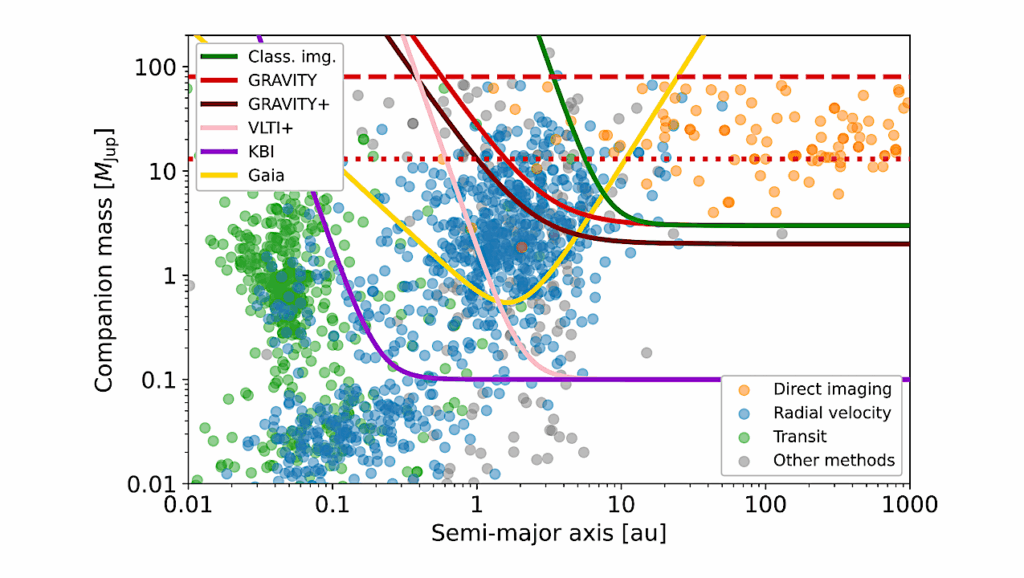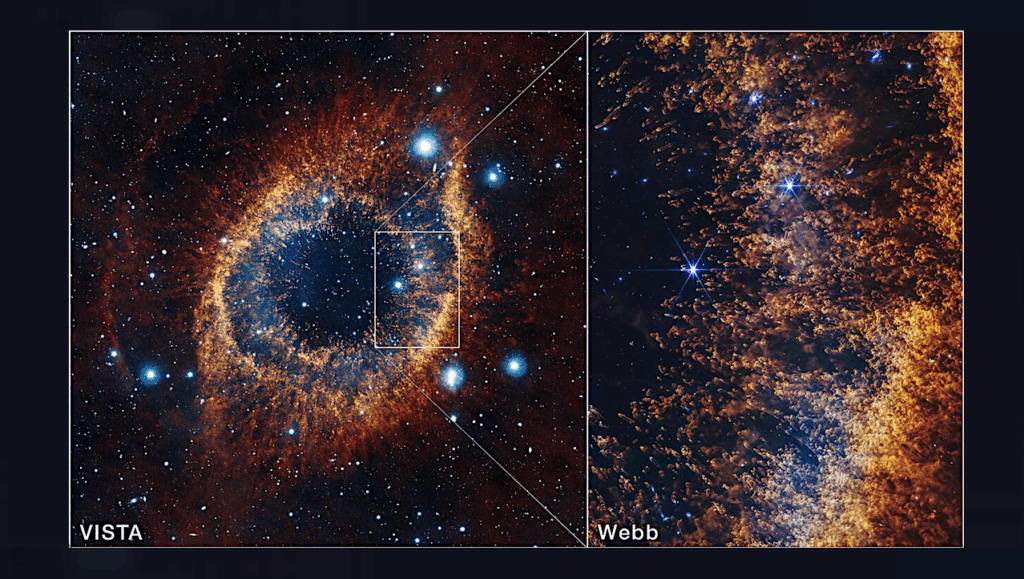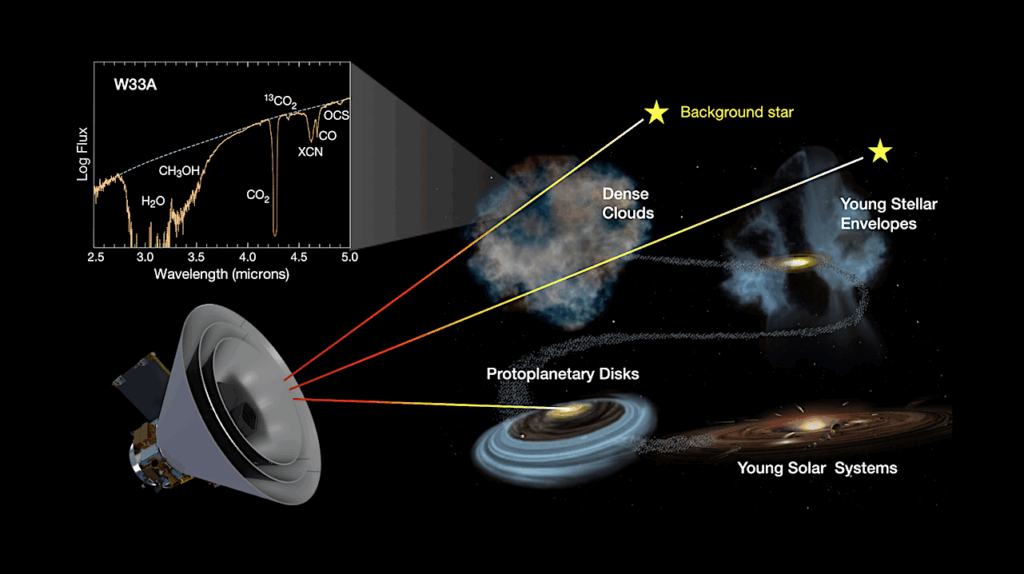Upper Limits On Transmitter Rate Of Extragalactic Civilizations Placed By Breakthrough Listen Observations

The Search for Extra-Terrestrial Intelligence (SETI) has been conducted for over sixty years, yet no technosignatures have been identified. Previous studies have focused on stars in our galaxy, with few searches in the extragalactic Universe despite a larger volume being available.
Civilizations capable of harvesting energy from a star or a galaxy are classified as KII or KIII on the Kardashev scale, respectively. Technosignatures from such advanced civilizations would be extremely luminous and detectable by current radio telescopes, even from distant galaxies. To explore the frontier of extragalactic SETI, we investigate the likely prevalence of extragalactic civilizations possessing a radio transmitter, known as the transmitter rate, based on observational results from the Breakthrough Listen (BL) observations.
We calculated the transmitter rate by considering the background galaxies in the field of view of target stars in BL observations. We used a statistical method to derive the total mass of stars in those background galaxies from a galaxy stellar mass function.
Our statistical method suggests that less than one in hundreds of trillions of extragalactic civilizations within 969 Mpc possess a radio transmitter above 7.7×1026 W of power, assuming one civilization per one-solar-mass stellar system. Additionally, we cross-matched the BL survey fields with the WISE×SuperCOSMOS Photometric Redshift Catalogue and compared with the statistical method.
Our result sets the strictest limits to date on the transmitter rate at such high power levels, emphasizing the high efficiency of searching for radio transmitters in galaxies and the rarity of technologically advanced civilizations in our Universe.
Yuri Uno, Tetsuya Hashimoto, Tomotsugu Goto, Simon C.-C. Ho, Tzu-Yin Hsu, Ross Burns
Comments: 5 pages, 1 figure, accepted for publication in MNRAS
Subjects: High Energy Astrophysical Phenomena (astro-ph.HE); Astrophysics of Galaxies (astro-ph.GA); Instrumentation and Methods for Astrophysics (astro-ph.IM)
Cite as: arXiv:2304.02756 [astro-ph.HE] (or arXiv:2304.02756v1 [astro-ph.HE] for this version)
https://doi.org/10.48550/arXiv.2304.02756
Focus to learn more
Submission history
From: Yuri Uno
[v1] Wed, 5 Apr 2023 21:39:43 UTC (307 KB)
https://arxiv.org/abs/2304.02756
Astrobiology








